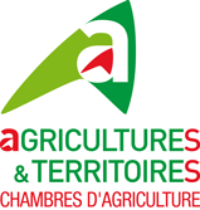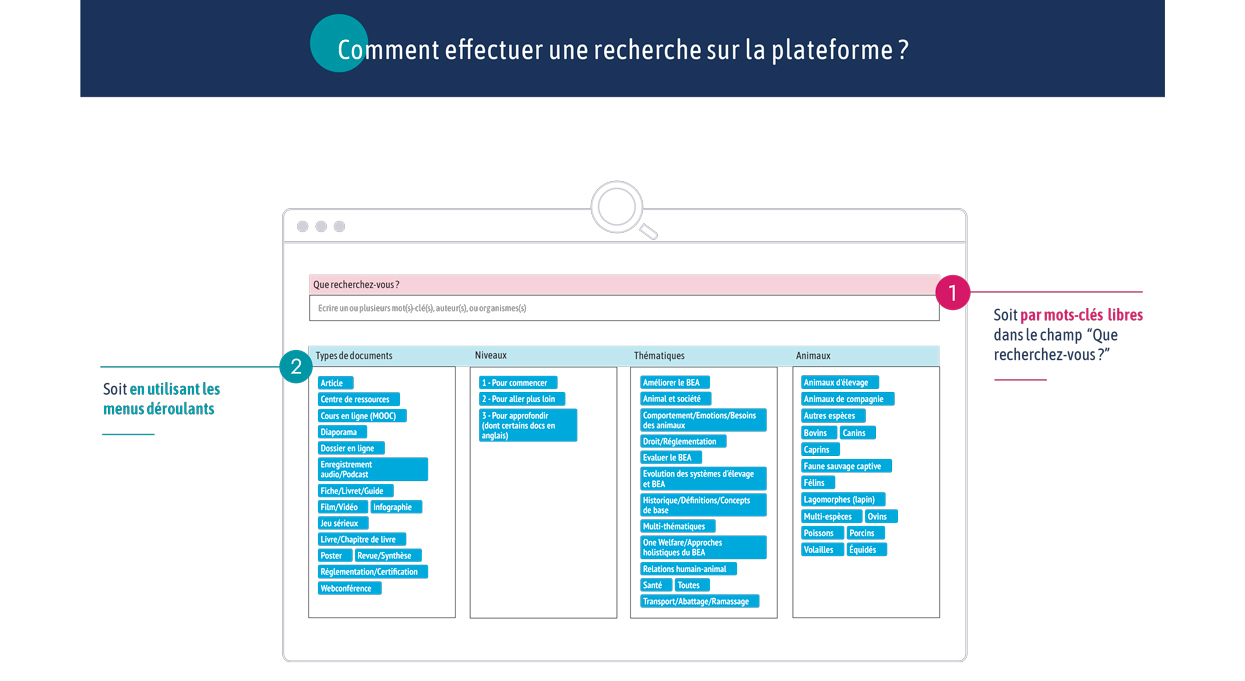Type de document : article scientifique publié dans JDS Communications
Auteurs : S.B. Doyle, E.K. Miller-Cushon
Résumé en français (traduction) : Influence du contact humain après la tétée sur le comportement oral non nutritif et le repos des veaux laitiers logés individuellement et par paires en période de sevrage
Les veaux laitiers sont actifs au moment de la distribution de lait et ont souvent des comportements oraux non nutritifs, en particulier pendant la période de sevrage. Cette étude a évalué les effets interactifs du logement social et du contact humain après l’alimentation, y compris le grattage pour imiter le frottement, sur les comportements oraux non nutritifs et le repos après l’alimentation, au début de la période de sevrage. Nous avons inclus des veaux femelles laitières logés individuellement (n = 14) et par paires (n = 14 ; 1 veau focal par paire). Le contact humain a été fourni en grattant les veaux sous le cou afin d’imiter le toilettage allogène. La présence humaine était de 5 minutes, dans la fenêtre de 15 minutes suivant la tétée du matin. Le contact humain et les jours témoins, où il n’y a pas eu de changement dans la routine post-alimentation, ont été randomisés pour chaque veau au cours de 4 jours consécutifs pendant le sevrage. Le comportement a été enregistré en continu sur vidéo pendant 1 heure après la distribution de lait. Les veaux logés individuellement ont eu plus de comportements oraux non nutritifs dirigés vers l’enclos que les veaux logés par paire, mais le contact humain a réduit la durée de ce comportement à un niveau qui ne diffère pas de celui des veaux logés par paire. Bien que le contact humain n’ait pas affecté la durée du comportement oral non nutritif dirigé vers l’enclos chez les veaux logés par paires, la succion croisée a été réduite chez les veaux logés par paires lorsqu’ils ont bénéficié d’un contact humain. Le contact humain après la tétée a réduit la durée totale de tous les comportements oraux non nutritifs (dirigés vers l’enclos, dirigés vers la litière, succion croisée et dirigés vers l’homme) et a augmenté le repos, sans effet du mode de logement ni interaction entre le mode de logement et le contact humain. Ces résultats suggèrent que le contact humain a influencé la réalisation des comportements oraux non nutritifs après la distribution de lait, en particulier en réduisant la succion dirigée vers l’enclos des veaux logés individuellement, soulignant le rôle des environnements restrictifs dans l’expression de ces comportements chez les veaux laitiers logés de manière conventionnelle.
Résumé en anglais (original) : Influences of human contact following milk-feeding on nonnutritive oral behavior and rest of individual and pair-housed dairy calves during weaning
Dairy calves are active around the time of milk-feeding and often perform nonnutritive oral behaviors, particularly during weaning. This study evaluated the interactive effects of social housing and human contact following feeding, including scratching to mimic brushing, on postfeeding nonnutritive oral behaviors and rest, during the beginning of the weaning period. We enrolled individually housed dairy heifer calves (n = 14) and pair-housed heifer calves (n = 14; 1 focal calf/pair). Human contact was provided in the form of scratching calves beneath the neck to mimic allogrooming. The human was present for 5 min, within the 15-min window following morning milk-feeding. Human contact and control days, where there was no change in the postfeeding routine, were randomized for each calf over the course of 4 consecutive days during weaning. Behavior was recorded continuously from video for 1 h following milk-feeding. Individually housed calves performed more pen-directed nonnutritive oral behavior than pair-housed calves, but provision of human contact reduced the duration of this behavior to a level that did not differ from pair-housed calves. Although human contact did not affect the duration of pen-directed nonnutritive oral behavior in pair-housed calves, cross-sucking was reduced in pair-housed calves when they received human contact. Human contact following milk-feeding reduced the total duration of all nonnutritive oral behavior (pen-directed, bedding-directed, cross-sucking, and human-directed) and increased rest with no effect of housing treatment or interaction between housing treatment and human contact. These results suggest that human contact influenced performance of nonnutritive oral behavior following milk-feeding, particularly reducing pen-directed sucking in individually housed calves, highlighting the role of restrictive environments in the expression of these behaviors in conventionally housed dairy calves.
Publication ayant donné lieu à un article dans Dairy Global le 20 avril 2023 : Human contact enrichment improves dairy calf welfare







